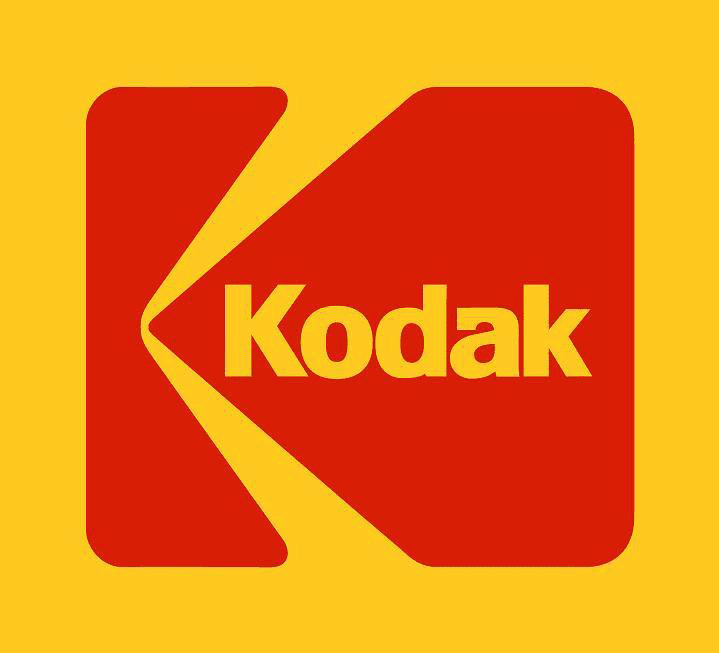If you don’t want your financial institution to become the next victim of digital disruption, listen to what Jeffrey Hayzlett, the ex-CMO from Kodak, has to say.
The internet caught many companies flatfooted. Blockbuster and Borders — once titans in their respective industries — have both vanished. More recently, Sears crumbled. There are many examples of digital disruption and the countless corporate corpses it’s left behind.
Kodak was founded in late 1880s, and for nearly a century thereafter, the company dominated every corner of the photography business. In 1976, for example, it had 90% of film and 85% of camera sales in the U.S., and was regularly rated one of the world’s five most valuable brands.
But then they filed for bankruptcy in 2012.
What happened? And more importantly, what can you learn from their story to make sure it doesn’t happen to you too?
First, it helps to understand what made Kodak successful in the first place. Their brand promise was, “You press the button, we do the rest.” That was their mission as defined by their founder, George Eastman, and people loved it. If there’s anything consumers appreciate, it’s ease, simplicity and convenience (bankers, are you listening?). For decades, everything was rosy, as the company rolled out one innovation and invention after another fulfilling its founder’s purpose.
But Kodak’s first problem was its basic business model. Kodak would sell cameras at a loss to neutralize cost as a barrier to entry for consumers. People would buy Kodak film, take lots of pictures, and send their film back to Kodak for developing.
It was a cash cow. By the 1980s, sales topped $10 billion annually, with a 70% profit margin thanks to Kodak’s near-monopoly. The old business model worked perfectly… that is, until digital photography came along.
Now many readers might assume that Kodak got caught asleep at the wheel by some scrappy upstart who invented the digital camera. Not true. Back in 1975, it was a Kodak engineer, Steve Sasson, who came up with the world’s first digital camera.
Just four years before Kodak went under, Sasson told the New York Times his invention was met with remarkable naiveté inside the company: “Management’s reaction was, ‘That’s cute, but don’t tell anyone about it.’”
Stick your head in the sand and cross your fingers? Yeah, that’s not going to work.
As it turns out, it wasn’t even digital cameras that would be the disruptive force putting Kodak out of business. After all, digital cameras became irrelevant themselves just as soon as smartphones came along.
No, it wasn’t digital cameras that killed Kodak. It was the internet. People wanted to share their photos with friends and family online, using cool new websites and social media tools.
By 2001, Kodak realized it could no longer ignore digital photography’s inevitable takeover, so they acquired a photo sharing site called Ofoto. Unfortunately Kodak’s addiction to the film business was stubborn, so they ended up misusing Ofoto as a tool to try and get more people to print digital images.
What killed Kodak can kill financial institutions too.
1. Failing to reinvent the business model. “Companies often see the disruptive forces affecting their industry,” notes Scott D. Anthony in his book about Kodak’s downfall. “But their failure is usually an inability to truly embrace the new business models the disruptive change opens up. Kodak created a digital camera, invested in the technology, and even understood that photos would be shared online. Where they failed was in realizing that online photo sharing was the new business, not just a way to expand the printing business.”
2. Organizational inertia. In John Kotter’s book analyzing Kodak’s collapse, he said the seeds of failure were planted well before the digital revolution. Leadership had grown complacent, and was focused on a defensive strategy — monopolistic protectionism. The company was looking backwards, not forward. They weren’t working hard enough to capitalize on huge opportunities, nor with any sense of real urgency.
3. Lack of organizational agility. Kodak didn’t truly understand what it was all about. They mistakenly believed they were in the film business. What they didn’t realize is that they were really in business to help people capture and share memories. Had they retooled their basic mission accordingly, they might have found new, innovative solutions that could have kept the firm relevant for another century.
To those working in the banking sector, these lessons should have a haunting resonance.
Just like Kodak, too many financial institutions count on inertia and rest on the their legacy. For instance, the banking industry focuses on political lobbying to ensure that regulatory hurdles prevent more competition. Survival instincts will only keep you alive for so long; eventually, you have to grow and move forward. Kodak’s combination of fear and complacency cost them dearly, and the same could happen to financial institutions.
And again like Kodak, banking providers all too often fail to realize the fundamental nature of their business. It isn’t about “checking accounts.” It’s about facilitating easy payments — to organizations and between people — while their money is safely warehoused. In its most basic, primitive form, it boils down to this: People either have money and need help moving/storing it, or they need money and want help getting it.
Fintechs like Venmo and SoFi understand this. So do neo-banks like Revolut and N26. Same thing for bigtech giants like Amazon and Apple. If financial institutions don’t find ways to give consumers what they want — specifically in digital channels — these outsiders will throw sharp elbows and do it themselves.



